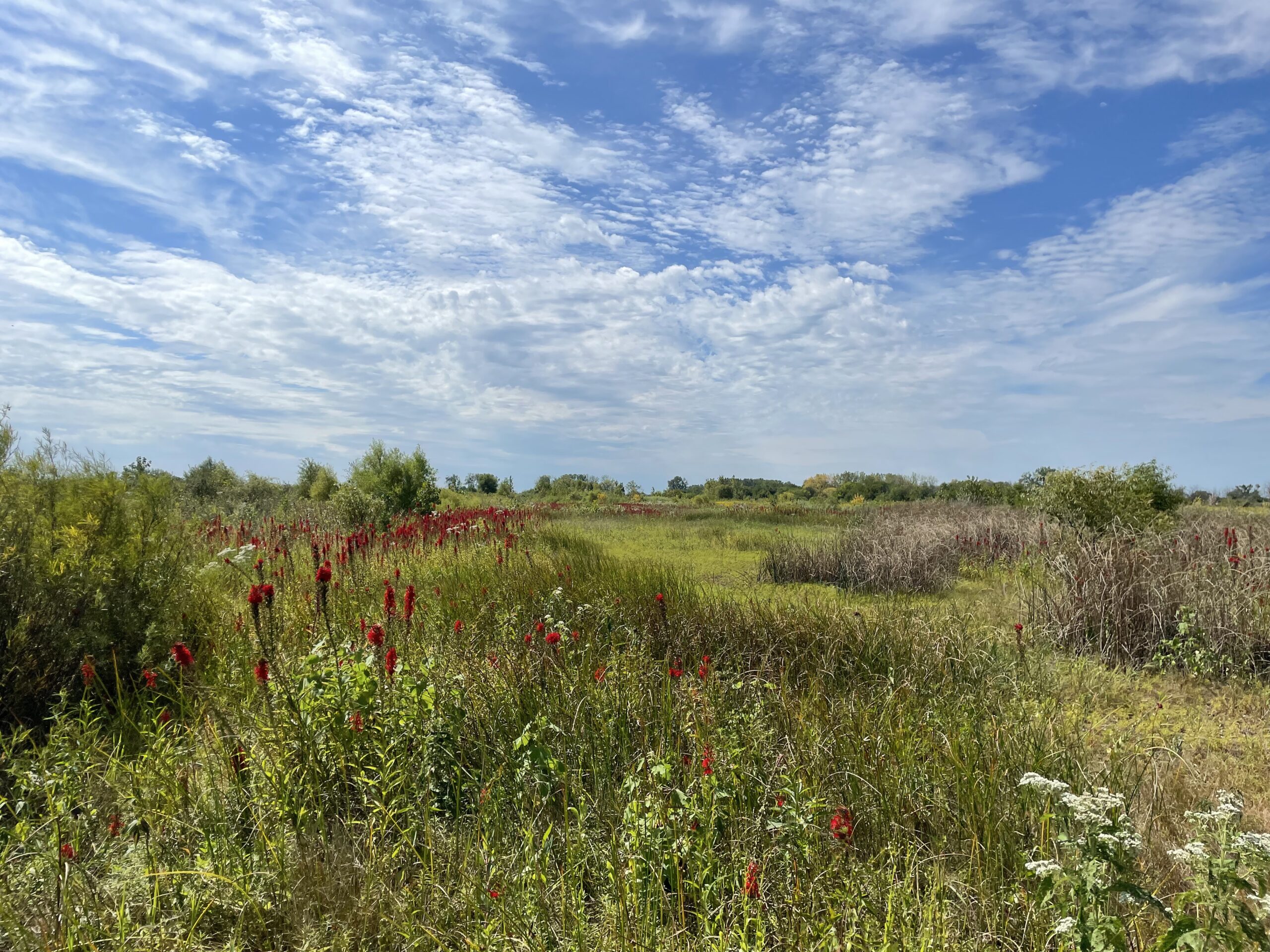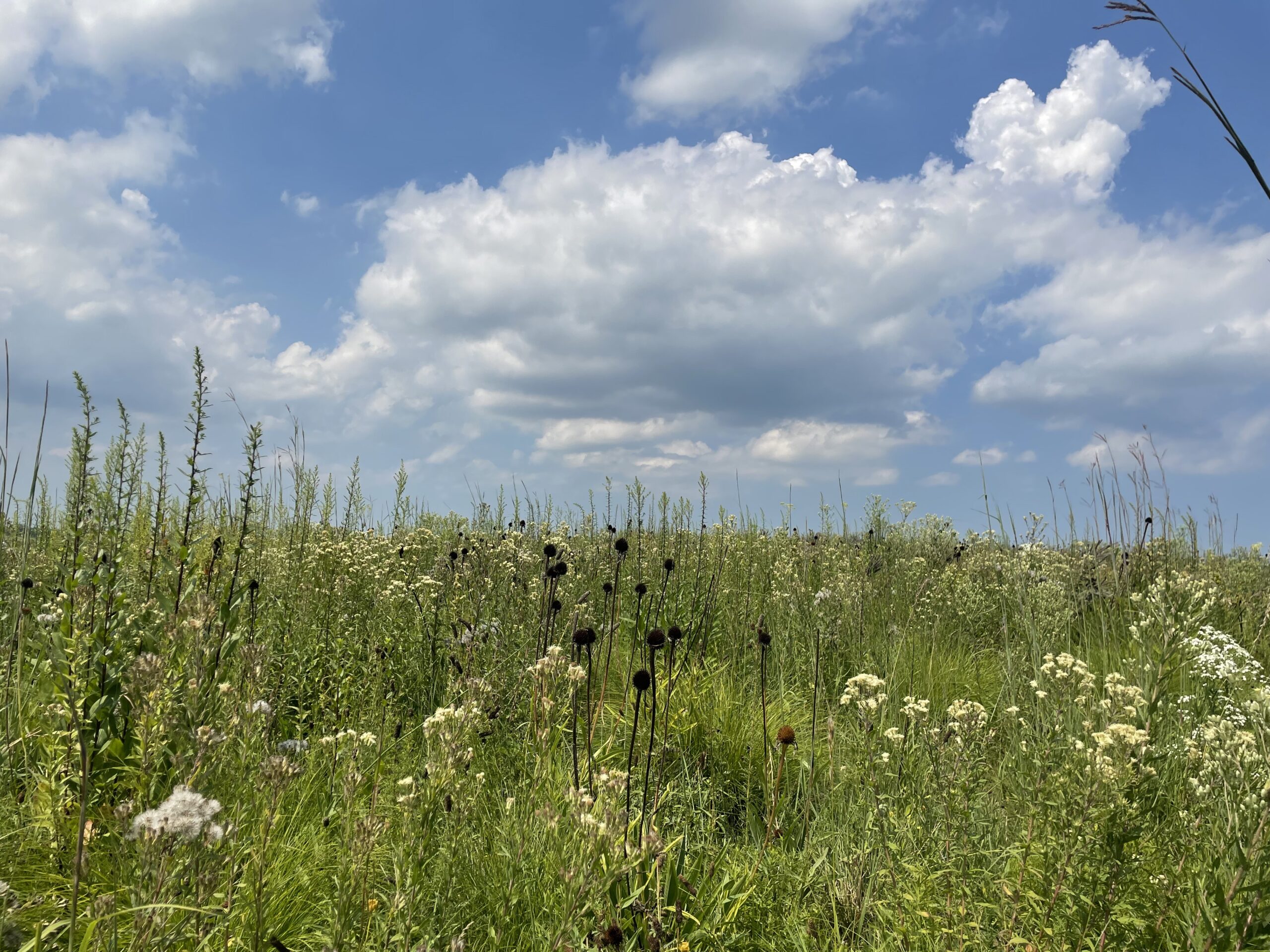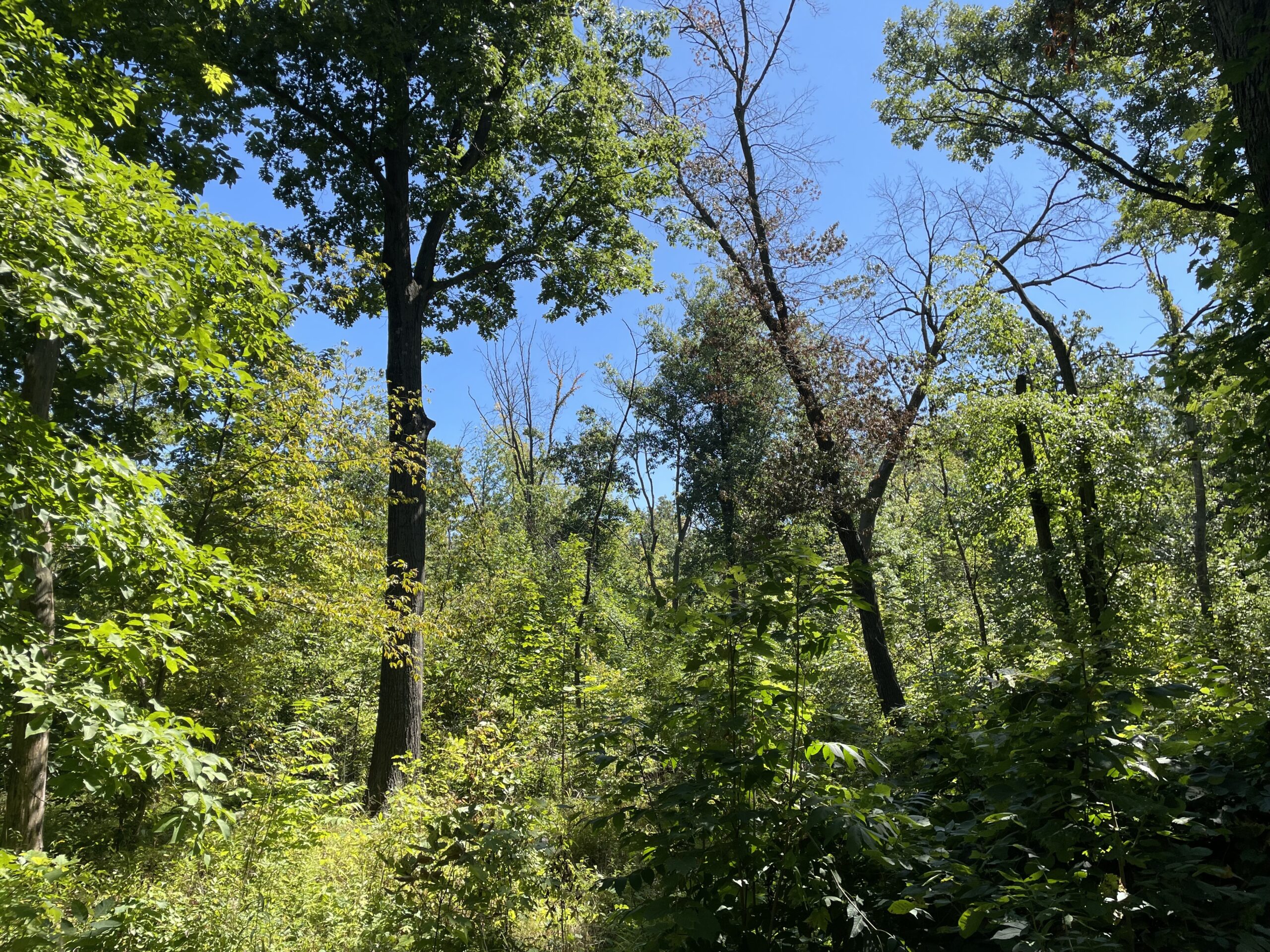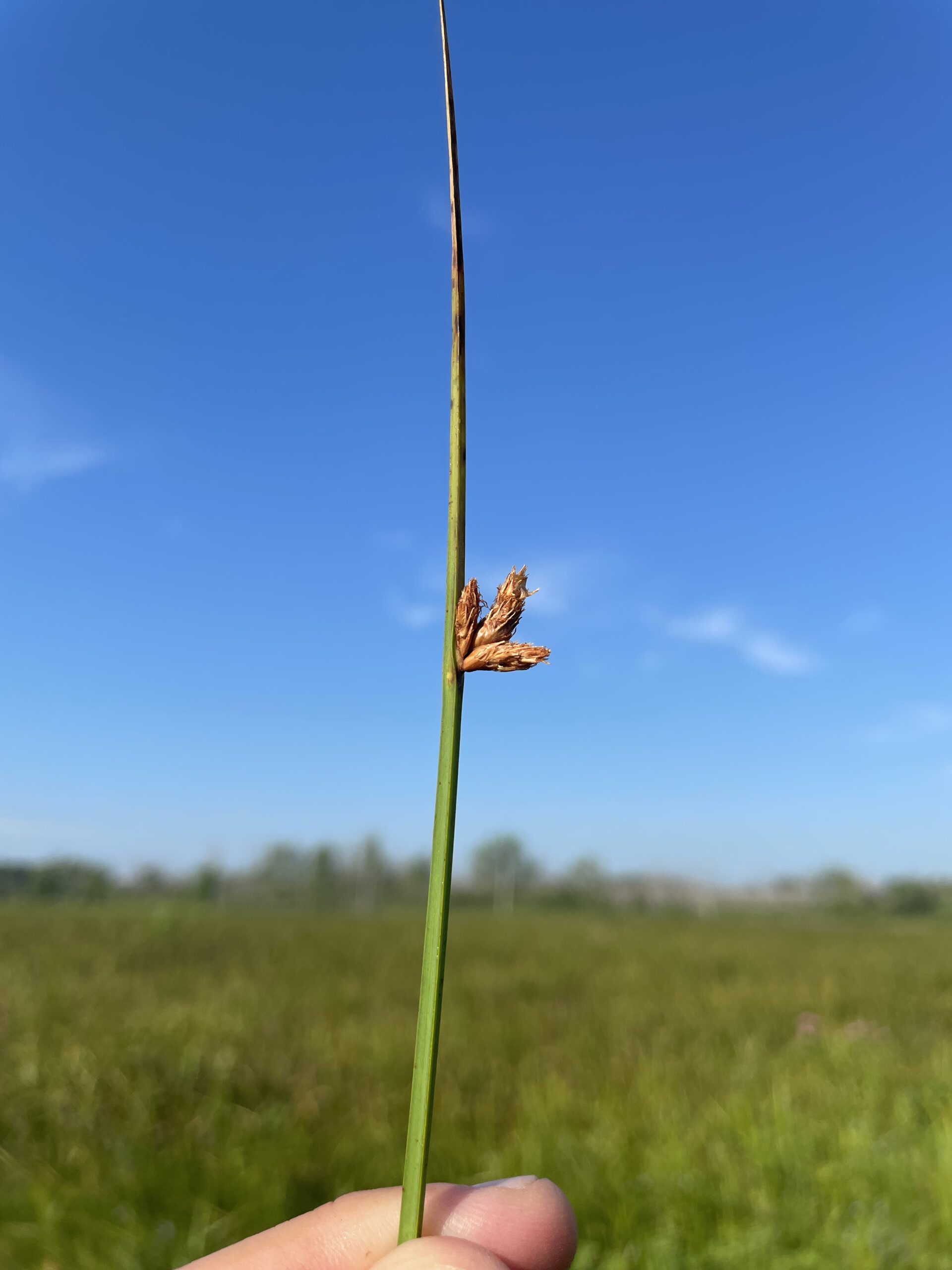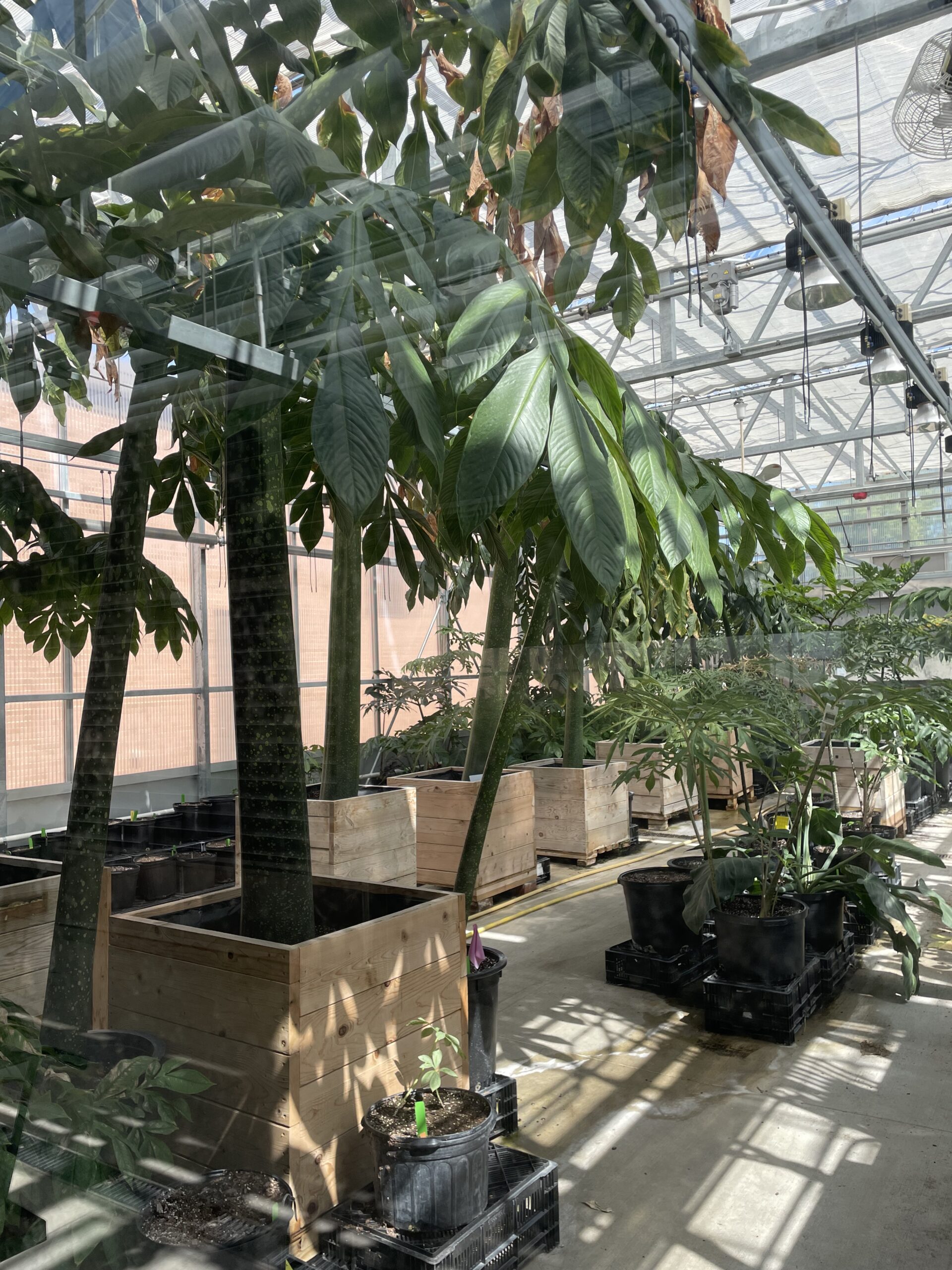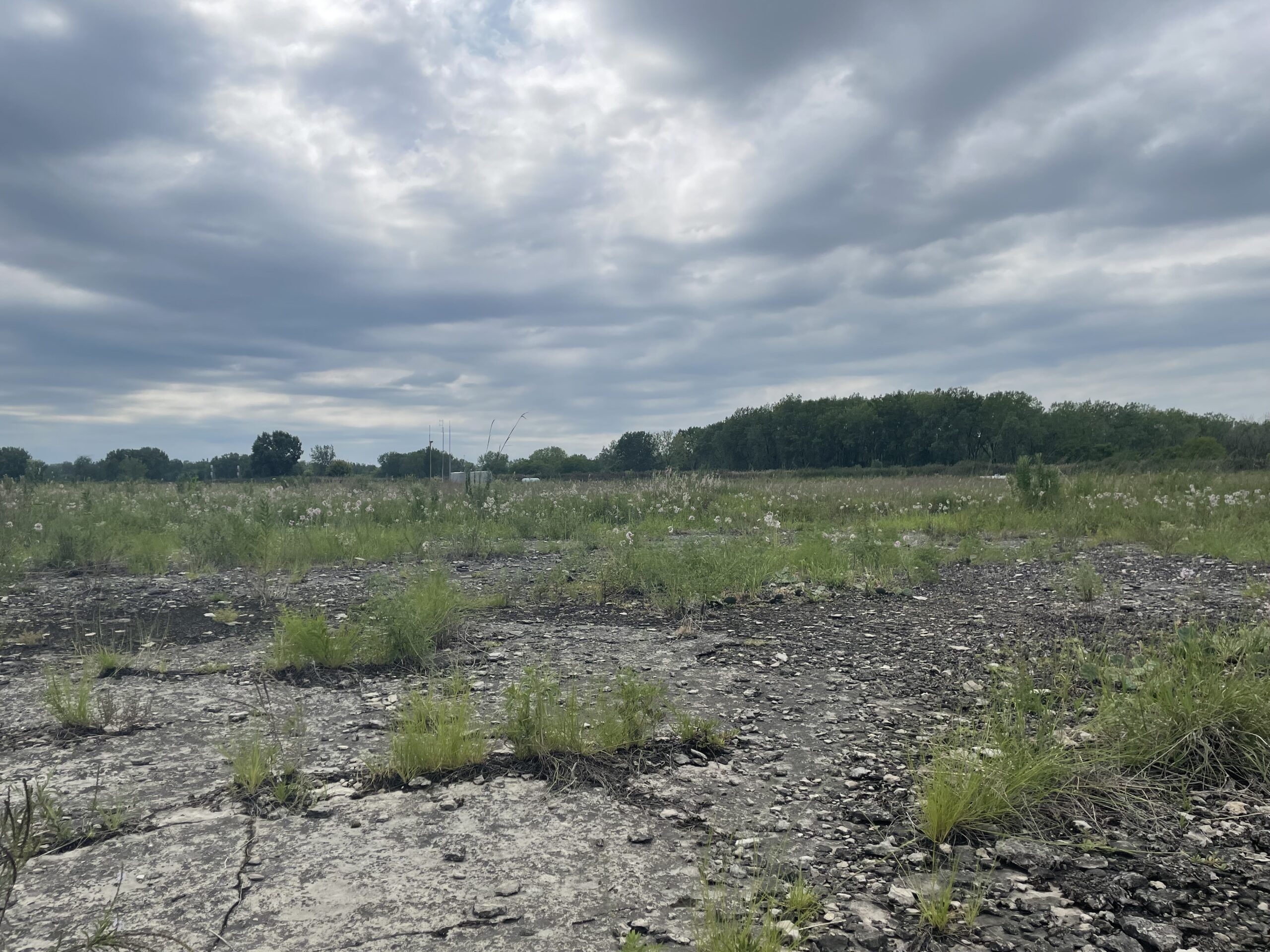
Dolomite prairies house unique plant communities, the bedrock here is at or just below the soil surface. Like a slab of concrete or an abandoned foundation, the exposed bedrock looks out of place in this natural landscape. These prairies are seasonally wet; in the spring, rain and snowmelt fill the area with shallow water, and by summer, it becomes bone dry. These plant communities have adapted not only to the seasonally wet conditions but also to the high magnesium content of the soil due to the weathering of the exposed rock.
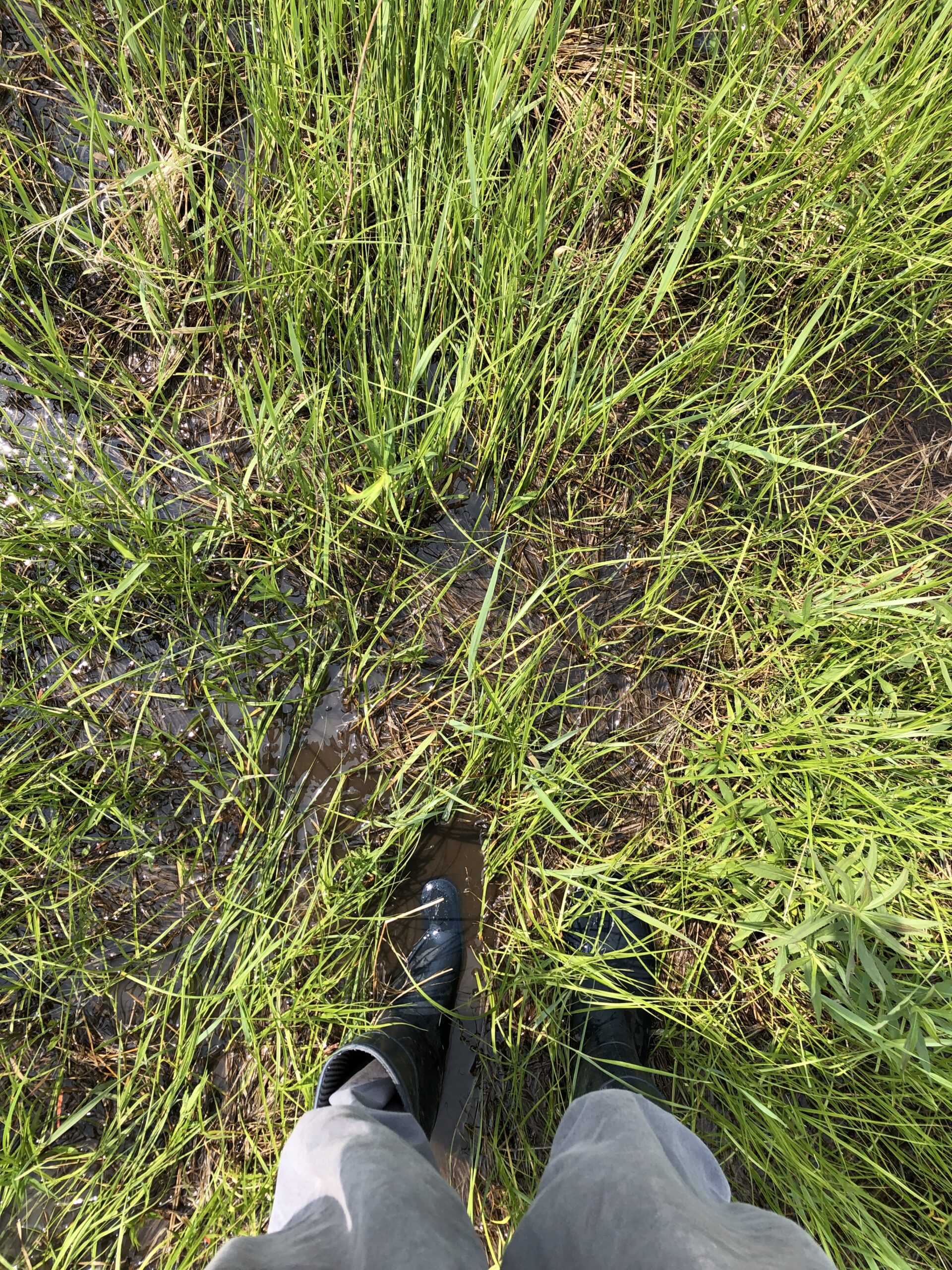
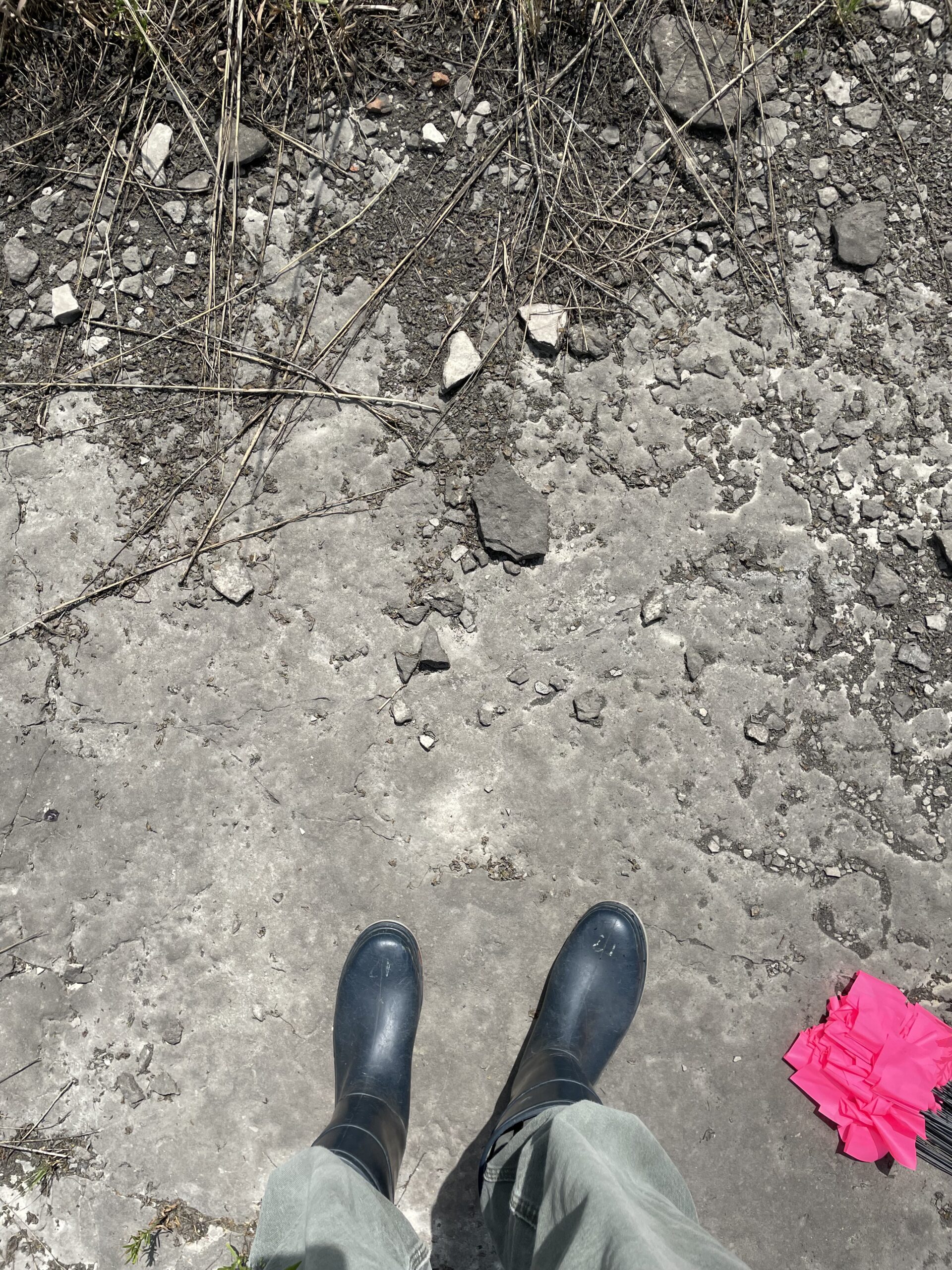
There are many rare plants that are restricted to the Dolomite prairies in Illinois, but one takes our time and attention like no other. Dalea foliosa, the leafy prairie clover, is a curious purple-flowered pea its flowers are arranged in dense spikes and it has the typical pinnately compound leaves. D. foliosa is federally endangered and is very much deserving of our time and attention.
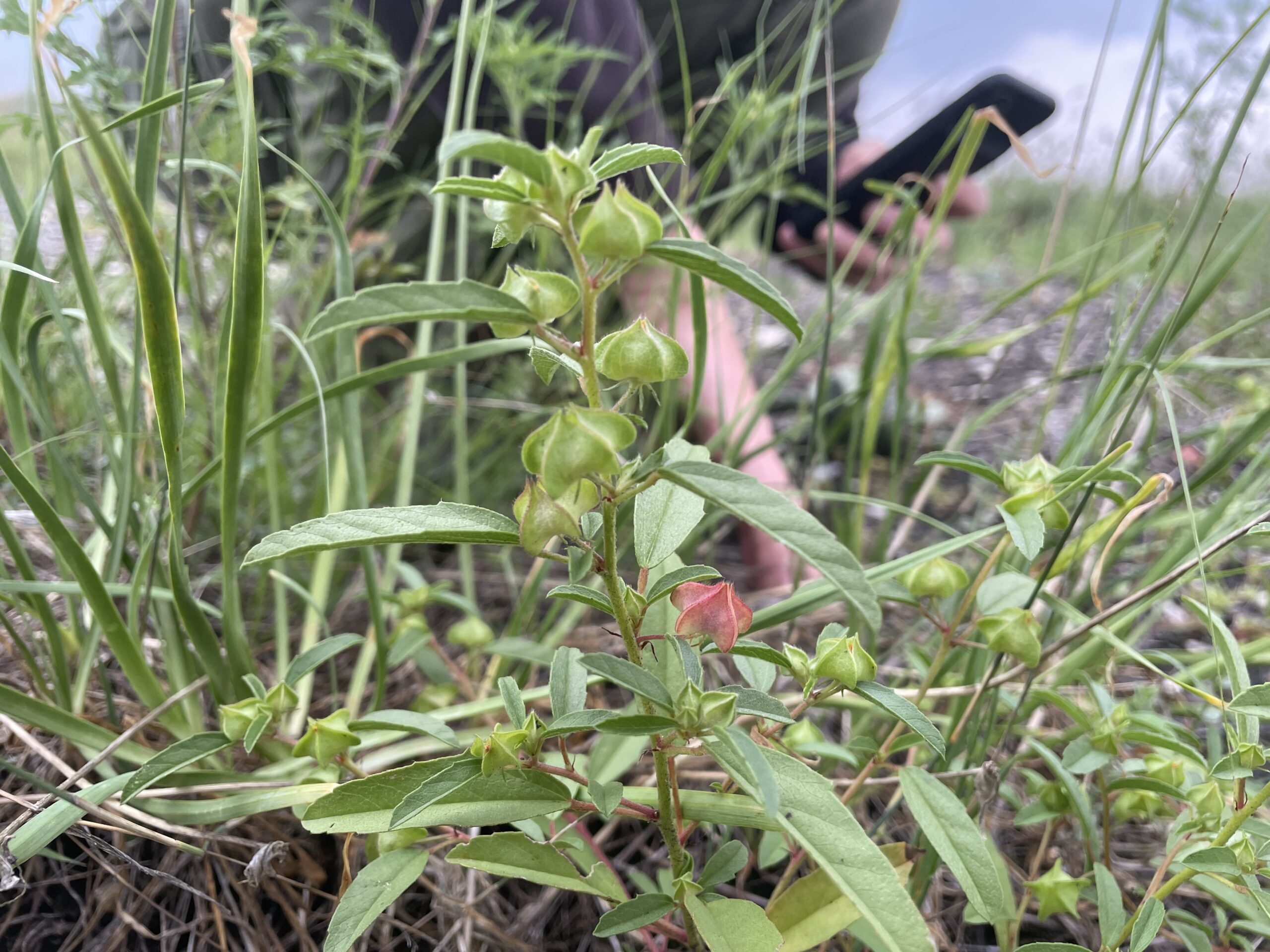
According to NatureServe, there are approximately 8 occurrences in the state of Illinois. Habitat loss, fire suppression, and woody encroachment are still the driving factors of this species’ decline. Midewin is fortunate to have acquired 40 acres of dolomite prairie from a mitigation requirement of the neighboring ExxonMobil refinery. When monitoring and management began back in 2002, only 92 total plants were counted; today, we counted over 500. This population is far better now, but its isolation still poses a threat in terms of its genetic diversity.
We followed a very tedious monitoring protocol that involved counting vegetative and reproductive stems, aborted flowers, and stems browsed of each plant. We also collaborated with Fish and Wildlife to monitor two other populations on IDNR land. Midewin has worked hard to preserve this population, and it has paid off; however, this is never enough in a changing landscape. Threats of changing hydrology and freak accidents from the boarding railroad and refinery unfortunately remain a concern.
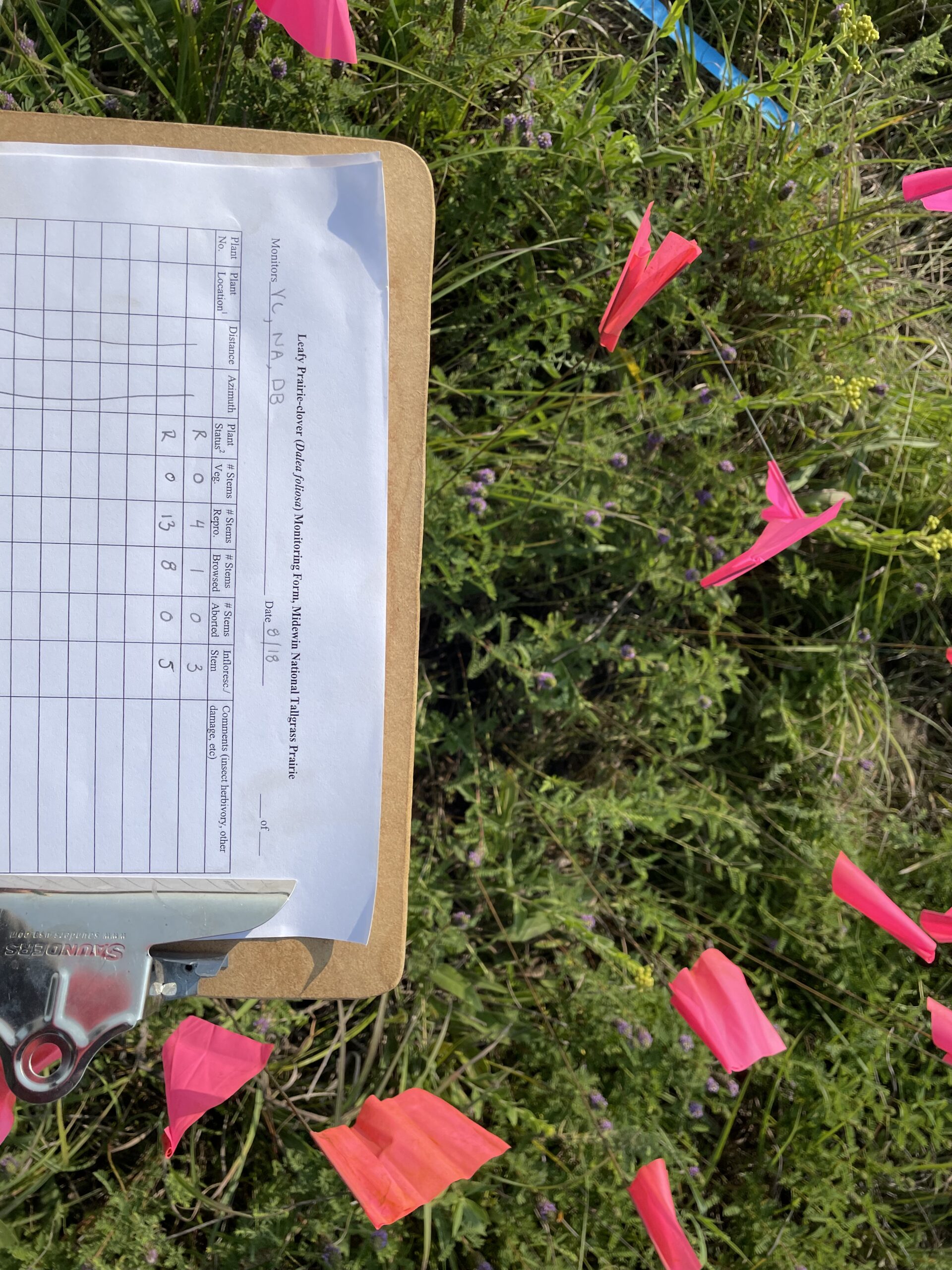
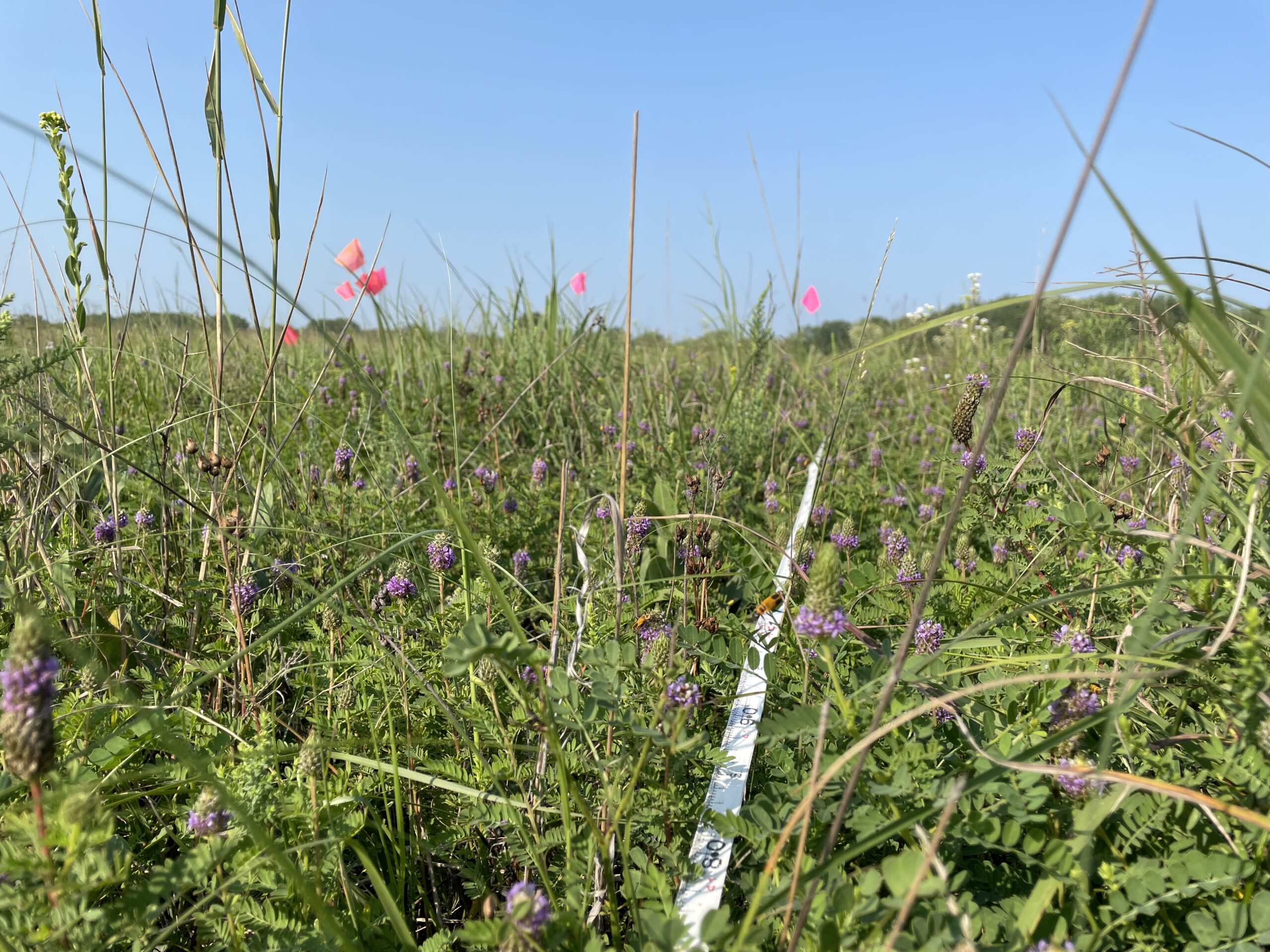
Photo Dump
I though it would be fitting to conclude my August blog with a collection of photos taken while seed-collecting and from our visit to the Chicago Botanic Garden. I hope you enjoy
